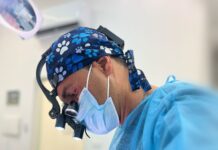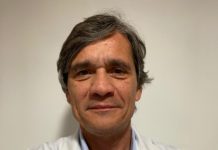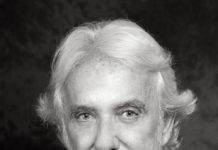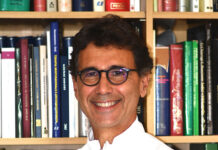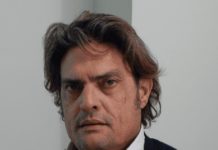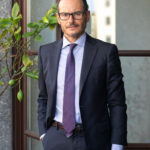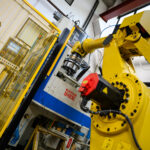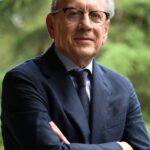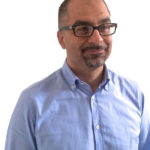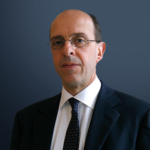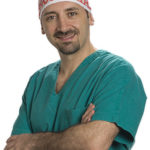The nose is a fundamental element in the harmony of the face: if it is too big, saddle-shaped, has a significant hump or an imperfect tip, it can significantly alter the balance of the features and cause discomfort and insecurity. “It is no coincidence that Rhinoplasty is one of the most popular plastic surgery procedures in the world today,” says Dr Francesco Segreto in this lengthy interview. An expert in the field – winner of numerous awards such as best researcher under 35, the Eccellenze del Sud prize and, in 2021, the prestigious European Award in Medicine – who, in addition to his specialisation in Plastic, Reconstructive and Aesthetic Surgery at the University Campus Bio-Medico in Rome, a PhD in the science of ageing and tissue regeneration and a Masters in Functional Surgery, Aesthetic and Reconstructive Surgery of the Nasal Pyramid at the Università Cattolica del Sacro Curore, she enriched her professional training by working in the best international centres of aesthetic and reconstructive surgery (in Brazil, Japan, Spain and Singapore), where she had the opportunity to refine new and innovative surgical techniques and to develop important research projects with foreign universities.
by Roberta Imbimbo
Dr Segreto, what is rhinoplasty? And what is the incidence of this type of surgery?
Rhinoplasty is one of the most popular plastic surgery procedures today. It serves to correct the shape, size and, in some cases, functionality of the nose, improving facial harmony without distorting its physiognomy. More precisely, it makes it possible to increase or decrease the size of the nose (too small, too big or too wide), change the shape of the dorsum (hollow or with a hump or hump) and the tip (too wide, too narrow or too long), modify the width of the nostrils and correct post-traumatic defects or respiratory problems such as deviation of the nasal septum. It is therefore an operation that combines both aesthetics and function.
What are the psychological effects of this type of surgery?
The nose is a focal point of the face, which cannot be concealed with clothing and is therefore constantly exposed in everyday life. Therefore, in cases where an aesthetic defect is a source of discomfort, rhinoplasty can have a positive influence on the psychological well-being of patients, increasing their self-esteem and often improving their relational life. In such patients, rhinoplasty surgery is therefore not simply a quest for beauty, but a useful tool to produce positive effects on the emotional sphere of the person, as it allows one to overcome a complex, perhaps even overcome limitations. I often receive messages from patients who, after facing the inevitable fear associated with the choice of having surgery, write to me enthusiastically, saying that they like themselves when they look in the mirror, that they no longer feel observed, that they can finally smile in profile or relate without anxiety.
Precisely because this is an intervention that has considerable psychological and functional implications, how important is it to rely on an experienced professional?
Very much! It is important not to disappoint the expectations of those who rely on this type of surgery, always guaranteeing high reliability (especially considering that it is a permanent result) and safety. Only an experienced surgeon is able to handle operations of all complexities, is able to understand what the real reasons for emotional discomfort are, and on the basis of a careful diagnosis, respecting the correct respiratory functions and the right facial proportions, to recommend from a range of possible solutions the one that best suits the individual case. Rhinoplasty is by far the most highly customised procedure: the reshaping of the profile is made to measure, after a careful study of the parameters and facial harmony. The methods available today are many – all highly effective and able to guarantee natural results; it will be the practitioner who chooses the most suitable one in order to obtain the desired effect, also taking into account numerous factors such as previous surgeries, anatomical features of the nose, possible need for grafts or removal of cartilage.
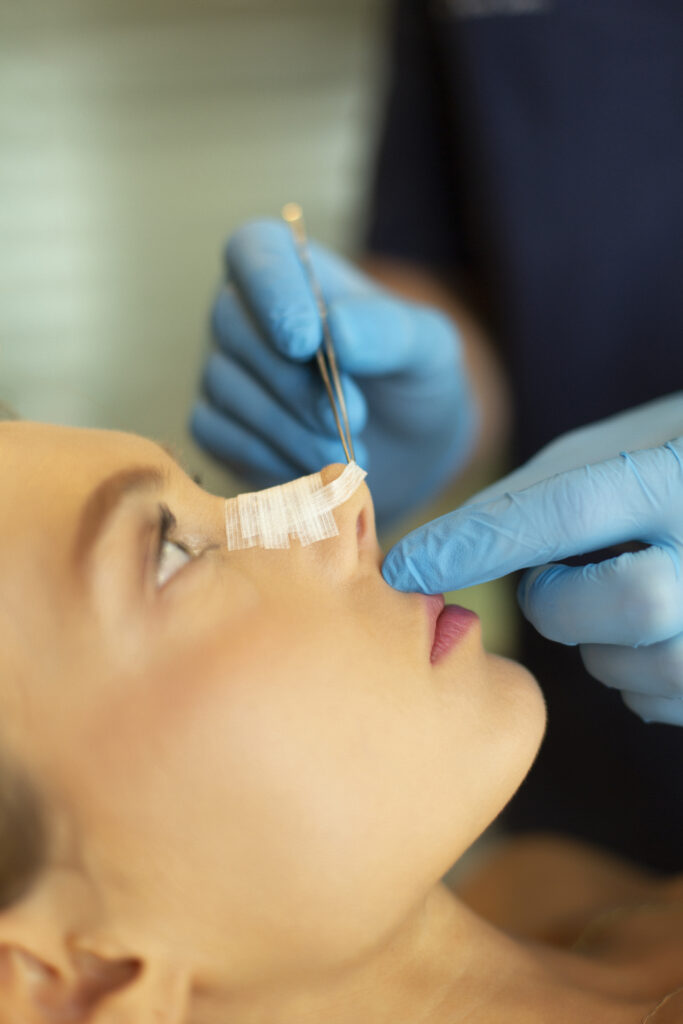
Is the procedure painful and very invasive?
Absolutely not! Over the years, surgical techniques have evolved a great deal, becoming increasingly refined and guaranteeing greater stability of the result over time. Today it is possible to plan the operation to perfection and minimise bruising and swelling. The post-operative course is less long and traumatic than in the past: the use of endonasal tampons (which hindered breathing and whose removal was very annoying) is limited to severe cases. Being able to breathe right away is a very important comfort for patients.
Today it is also possible to improve the aesthetics of the nose with Rhinofiller. Can you explain the difference between these two methods?
Rhinofiller consists of nasal reshaping using hyaluronic acid. It is a fast, minimally invasive, outpatient technique that lasts about 6-8 months. It is, however, not applicable in all patients. Generally speaking, breathing difficulties, set-to deviation, very prominent hump, very globular or droopy tip are indications for surgical rhinoplasty. Conversely, for mild defects, rhinofiller can be an excellent option.
What would you recommend to patients interested in this type of surgery?
First, think carefully about the desire to do it. It should not be a passing urge, but a definite conviction of wanting to permanently change a part of one’s face, even accepting some risk. Second, take time to choose the surgeon to be entrusted, evaluate his CV, perhaps look at his clinical cases, and look for that correspondence between technical reliability and aesthetic taste that makes the surgeon right for the patient and the patient right for the surgeon. Third, talk to your surgeon openly, with empathy, without hesitation, tell him what you want and understand if it is technically possible to do so (unfortunately, for anatomical and functional reasons, not all requests are always possible). Fourth, enjoy the experience, arrive at the operating theatre happy for the change that is coming and with the confident serenity of one who knows he is in the right hands.
For more info www.drsegreto.com








